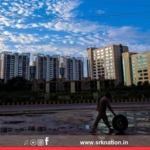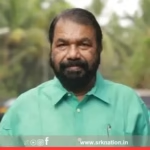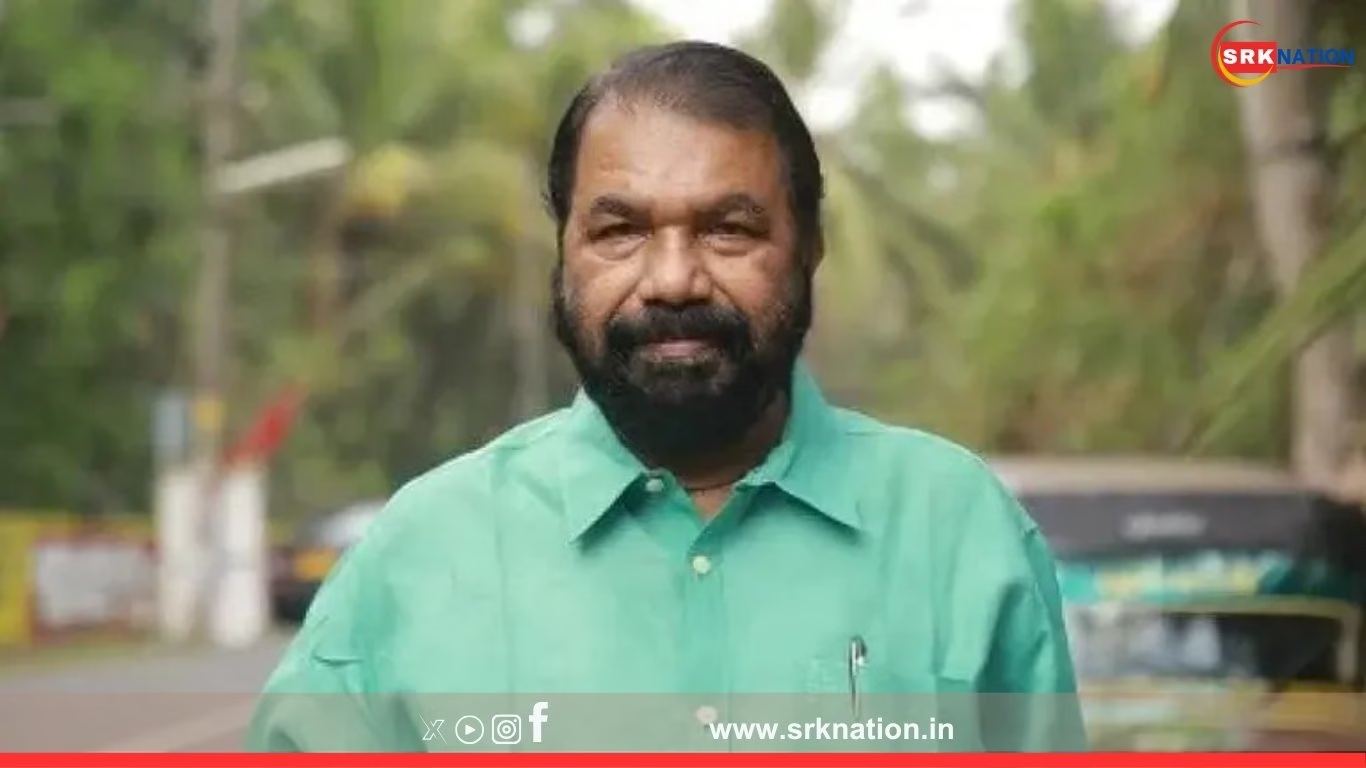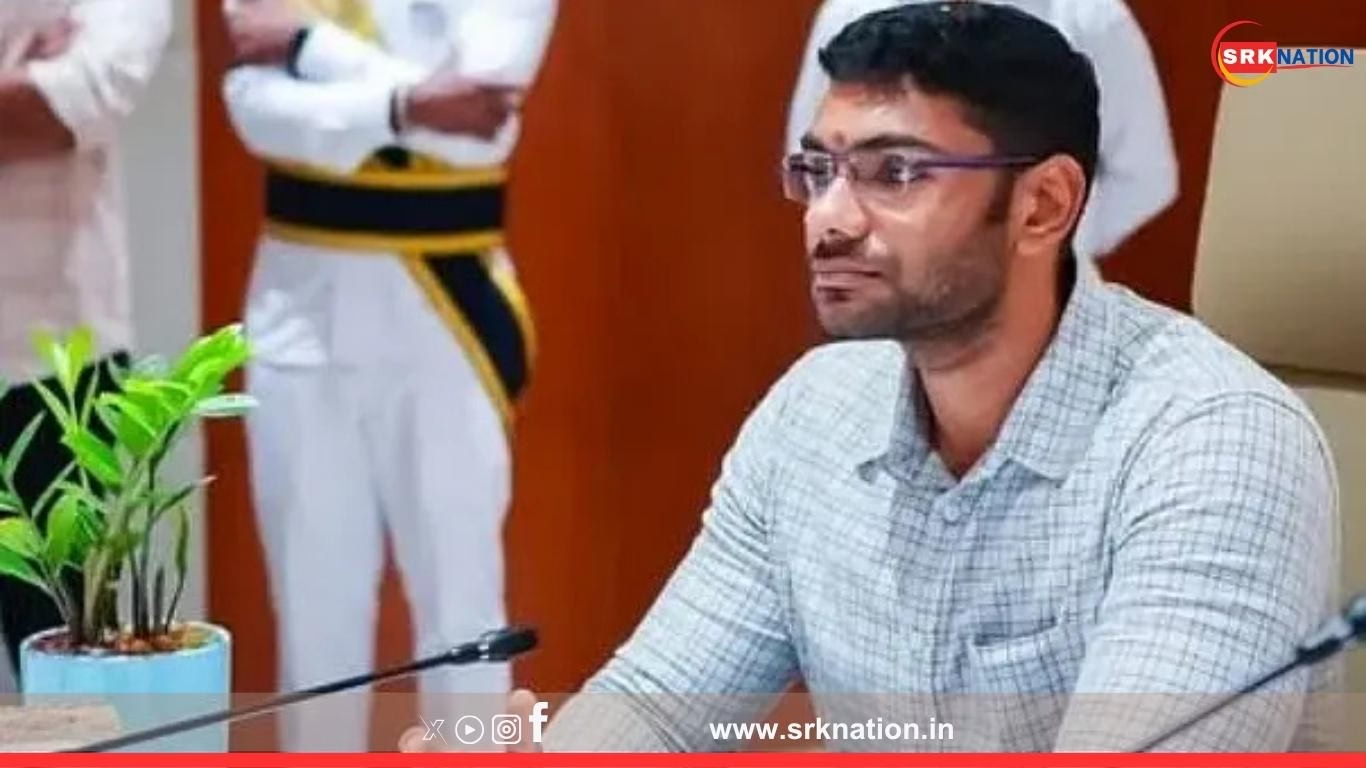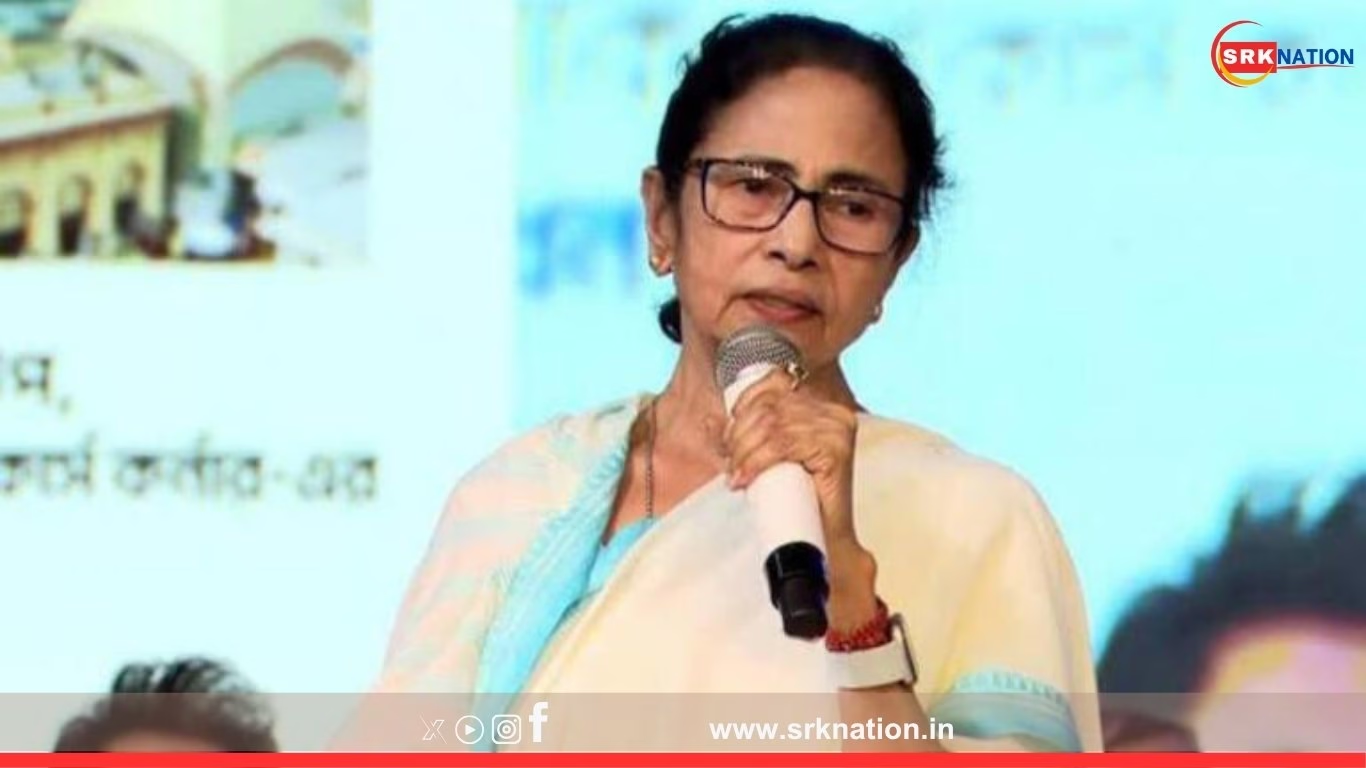The Kerala government’s new proposal to introduce a “monsoon vacation” in school calendars has sparked widespread debate among educators, parents, and child health experts across the state. Announced as part of an initiative to address rising health concerns and frequent academic disruptions during heavy rains, the plan is being examined both for its practicality and its long-term impact on the academic calendar.
The monsoon season in Kerala, typically spanning June to September, is known for torrential rains that often lead to school closures, flooding, transportation challenges, and increased illness among children. Against this backdrop, the state education department has proposed a structured break—tentatively scheduled in mid-July—for all government and private schools.
Key Points of the Proposed Monsoon Vacation Policy
According to education officials, the Kerala monsoon vacation is being framed not as an extended holiday but as a compensatory break aimed at reducing health risks, managing attendance, and providing flexibility to the academic calendar.
| Aspect | Details |
|---|---|
| Proposed Break Period | 10 to 15 days in mid-July |
| Schools Affected | All government, aided, and private schools |
| Academic Compensations | Extended classes in October-November |
| Health Rationale | Reduce cases of dengue, viral fever, waterborne diseases |
| Transportation Issue | Address delays and school bus safety during floods |
Education Minister V. Sivankutty stated that the proposal is still under discussion and will be finalized only after consulting stakeholders, including health authorities, teachers’ unions, and parent associations.
Mixed Reactions from Stakeholders
The announcement has generated mixed reactions across the state. While some educators and parents support the idea as a step toward prioritizing children’s safety and health, others question its feasibility, particularly in terms of syllabus completion, childcare issues, and teacher workload.
Teachers’ Perspective:
Many teachers welcomed the move, especially those posted in flood-prone areas. “Every year, we see dozens of school days lost to rain-related disruptions. Instead of these unplanned closures, a structured vacation makes more sense,” said a school principal from Kottayam.
Parents’ Concerns:
Parents, however, expressed concern over rescheduling family routines, and many working parents are unsure how to manage childcare during a monsoon break. “It will be difficult for us to suddenly manage kids at home in mid-July, especially when there are no parallel vacation programs,” said a working mother in Kochi.
Health Experts’ View:
Pediatricians and public health experts broadly support the idea. “Monsoon brings a surge in waterborne diseases, respiratory infections, and vector-borne illnesses like dengue. Allowing children to stay home during the peak period of infections could be beneficial,” noted a pediatrician from Thiruvananthapuram.
Academic Planning and Compensation Strategy
To ensure that the proposed monsoon vacation doesn’t impact the annual curriculum, the Kerala State Council of Educational Research and Training (SCERT) has proposed several measures:
| Academic Adjustment Plan | Details |
|---|---|
| Daily Class Extension | 10-15 minutes additional teaching time post-vacation |
| Saturday Classes | Monthly working Saturdays till December |
| Holiday Merges | Clubbing minor holidays and utilizing that time for instruction |
| Online Learning Options | Digital content to be used during vacation in hybrid format |
The SCERT has also recommended increasing the usage of the Kerala Infrastructure and Technology for Education (KITE) platform to enable digital access to lectures during the vacation period.
Historical Context and Regional Comparisons
While Kerala is the first state in India to formally consider a structured monsoon vacation, similar systems are not uncommon in regions with extreme weather conditions.
| Region | Weather Vacation Practice |
|---|---|
| Himachal Pradesh | Winter vacation in January-February |
| Jammu & Kashmir | Heavy snowfall break in December-January |
| Northeast States | Monsoon-related academic flexibility (informal closures) |
| Kerala (Proposed) | Structured Monsoon Vacation in July |
Kerala already follows a summer vacation system from early April to late May, aligning with most other Indian states. The addition of a mid-academic-year monsoon vacation could make the state’s calendar more flexible and resilient to climate-related disruptions.
Teachers’ Union Support and Political Backing
The Kerala School Teachers Association (KSTA) and other major unions have voiced cautious support for the policy. “We believe any step taken in the best interest of students’ health and academic stability deserves trial implementation,” said a KSTA spokesperson.
Politically, the Left Democratic Front (LDF) government led by Chief Minister Pinarayi Vijayan appears unified in backing the idea. However, opposition parties, including the Congress-led United Democratic Front (UDF), have asked for more consultation and clarity on implementation.
“We support innovation in academic planning, but ad-hoc policy decisions without proper groundwork can backfire,” said an opposition MLA during a recent Assembly debate.
Rain-Related Academic Disruptions in Kerala (Past 5 Years)
| Year | Total School Days Lost Due to Rain | Districts Most Affected |
|---|---|---|
| 2020 | 14 | Ernakulam, Idukki, Alappuzha |
| 2021 | 11 | Wayanad, Thrissur, Pathanamthitta |
| 2022 | 18 | Kottayam, Palakkad, Malappuram |
| 2023 | 13 | Kollam, Kozhikode, Kannur |
| 2024 | 17 | Kasaragod, Thiruvananthapuram, Idukki |
The data shows that on average, students lose more than two weeks of learning time due to unplanned closures every monsoon. A formal vacation could help systematize this loss, provide predictability, and reduce academic anxiety.
Child Rights Perspective and Mental Health Consideration
Child rights organizations have also weighed in on the issue. They stress that apart from physical health, mental well-being should be considered. “Uncertainty and frequent last-minute closures confuse and stress young learners. A fixed schedule—even with breaks—is better than unpredictability,” said a representative from a Kerala-based child rights NGO.
There is also a strong push to ensure that schools provide learning content through mobile applications and community-based centers for students without access to home internet.
What Happens Next?
The Kerala government is currently collecting feedback from:
- District education officers
- Teachers’ associations
- Parent-teacher associations (PTAs)
- Child health experts
- Local self-government bodies
Based on this feedback, a formal framework will be released by August 2025 for potential rollout in the 2026 academic year.
Education Minister Sivankutty also hinted that pilot projects may begin in the most flood-prone districts in July 2026, followed by a full-state implementation based on success metrics.
Conclusion
Kerala’s proposal to introduce a monsoon vacation has sparked a timely debate about how educational institutions should adapt to climate realities. While the policy is still in its proposal stage, it addresses a very real and recurring challenge that schools face every year. With careful planning and transparent implementation, this innovative idea could potentially become a model for other Indian states grappling with climate-induced academic disruptions.
As India continues to face erratic weather patterns due to climate change, policies like the monsoon vacation may soon become essential rather than optional.
Disclaimer: This news article is based on official statements, policy discussions, and stakeholder feedback available as of July 2025. Readers are advised to refer to official government releases for updated implementation details. This content does not reflect any personal or organizational bias.

